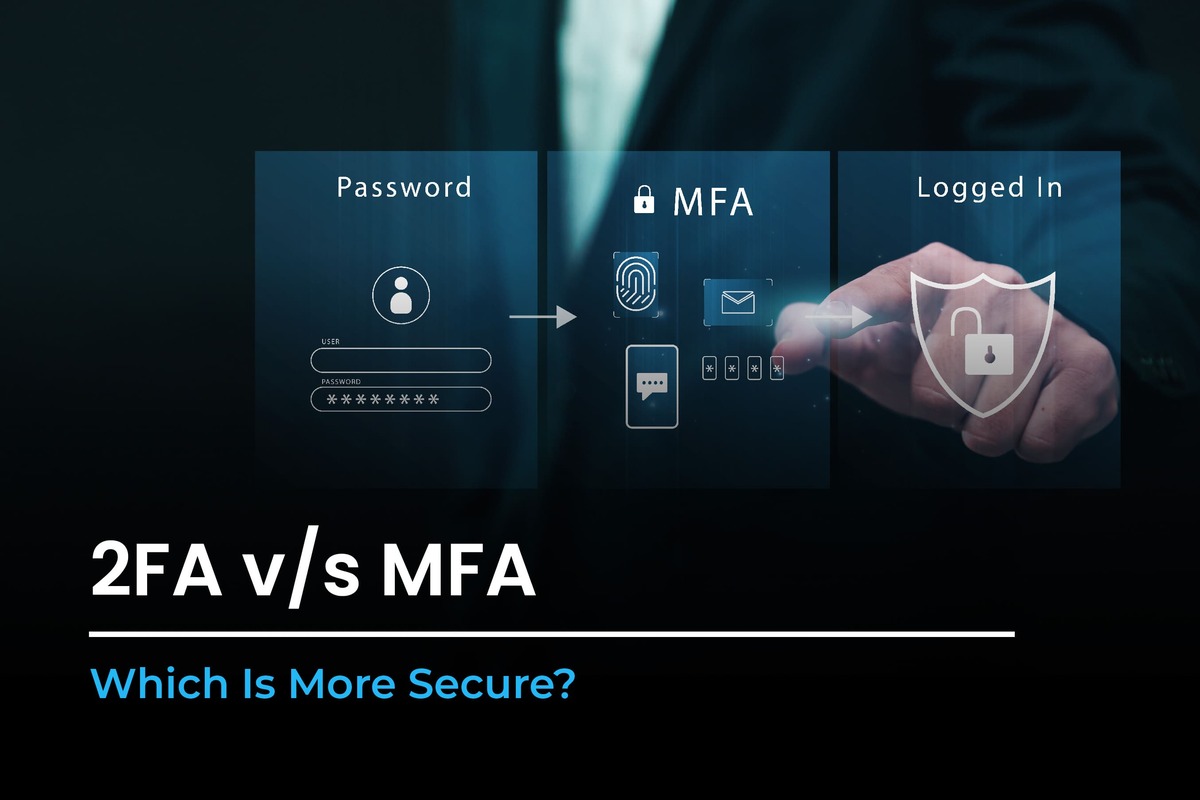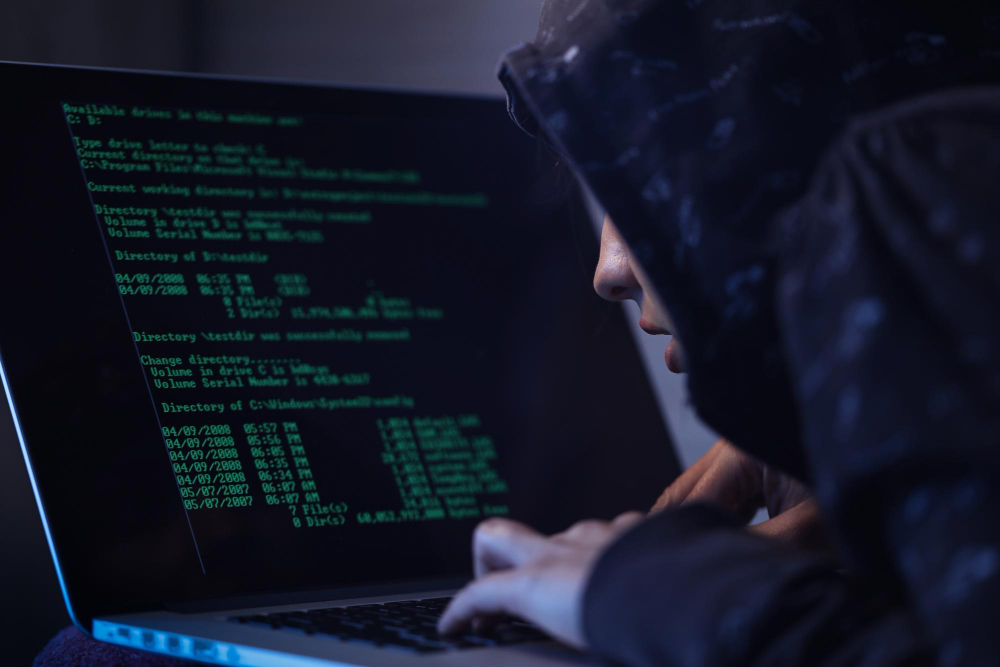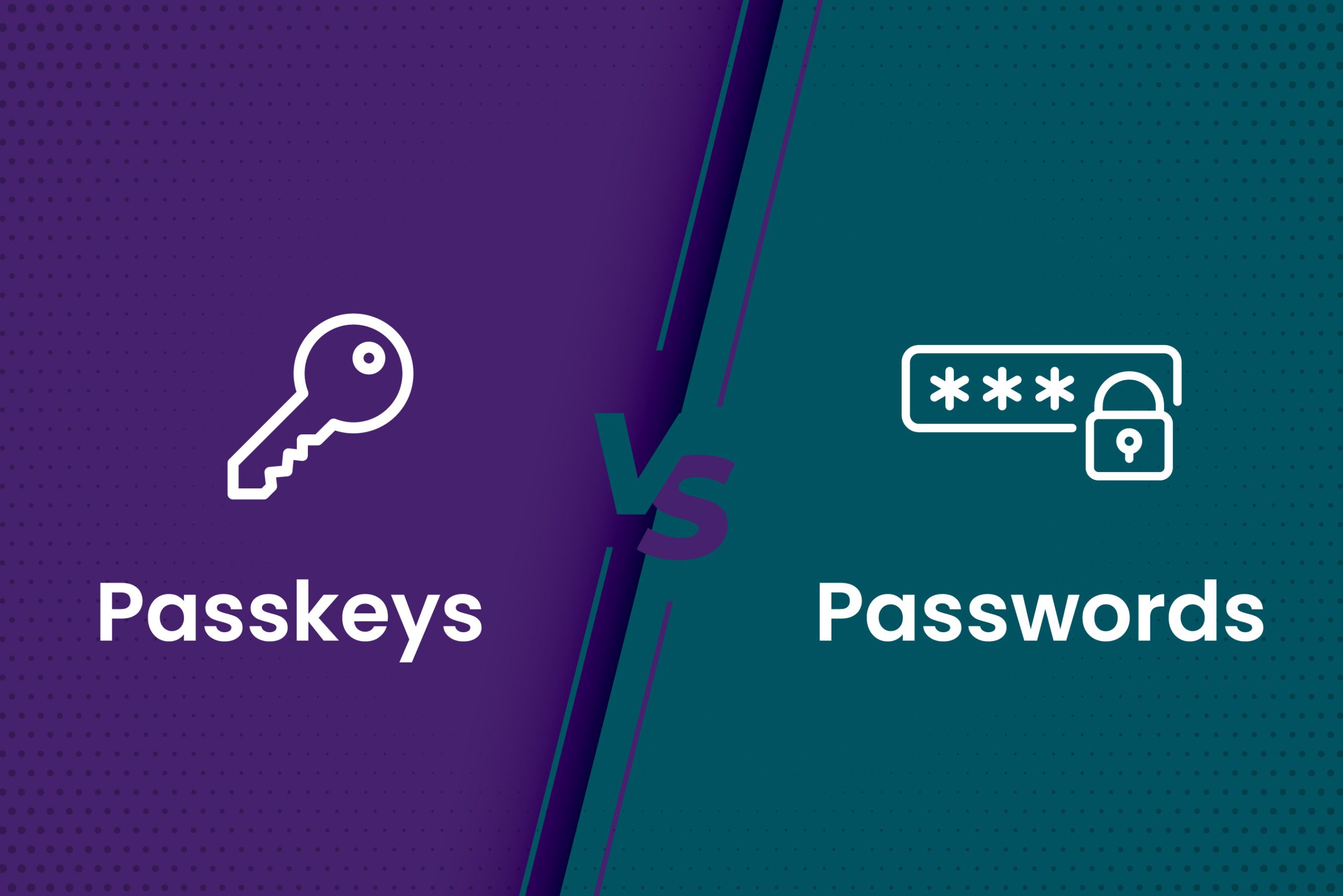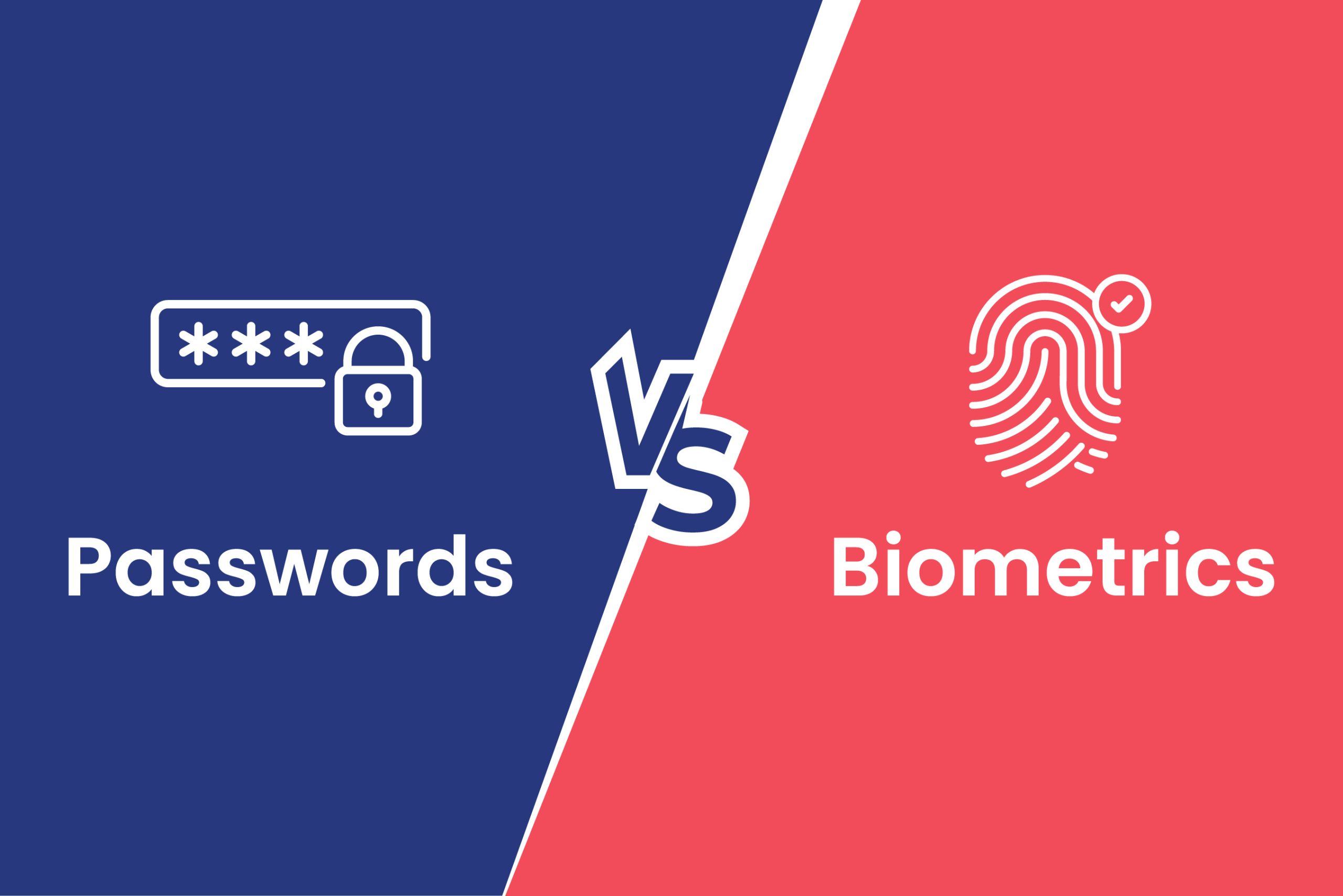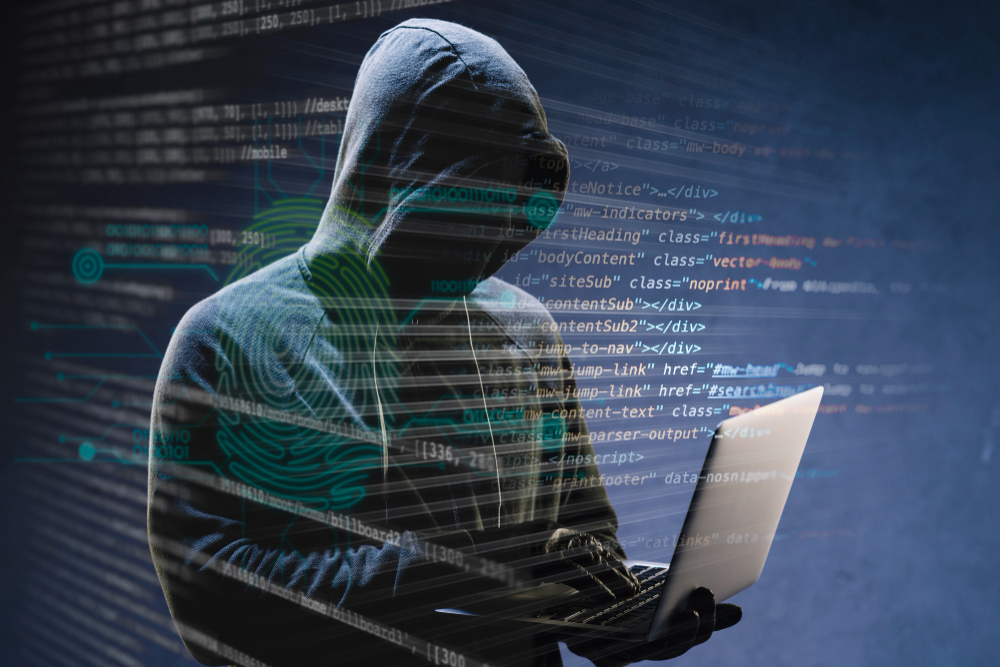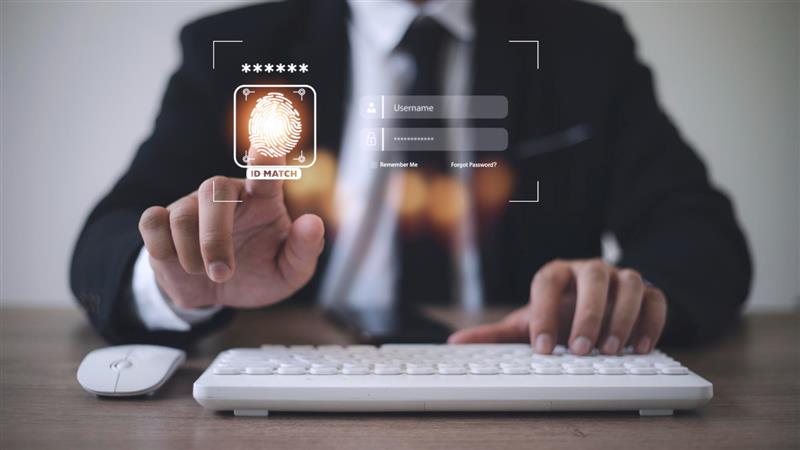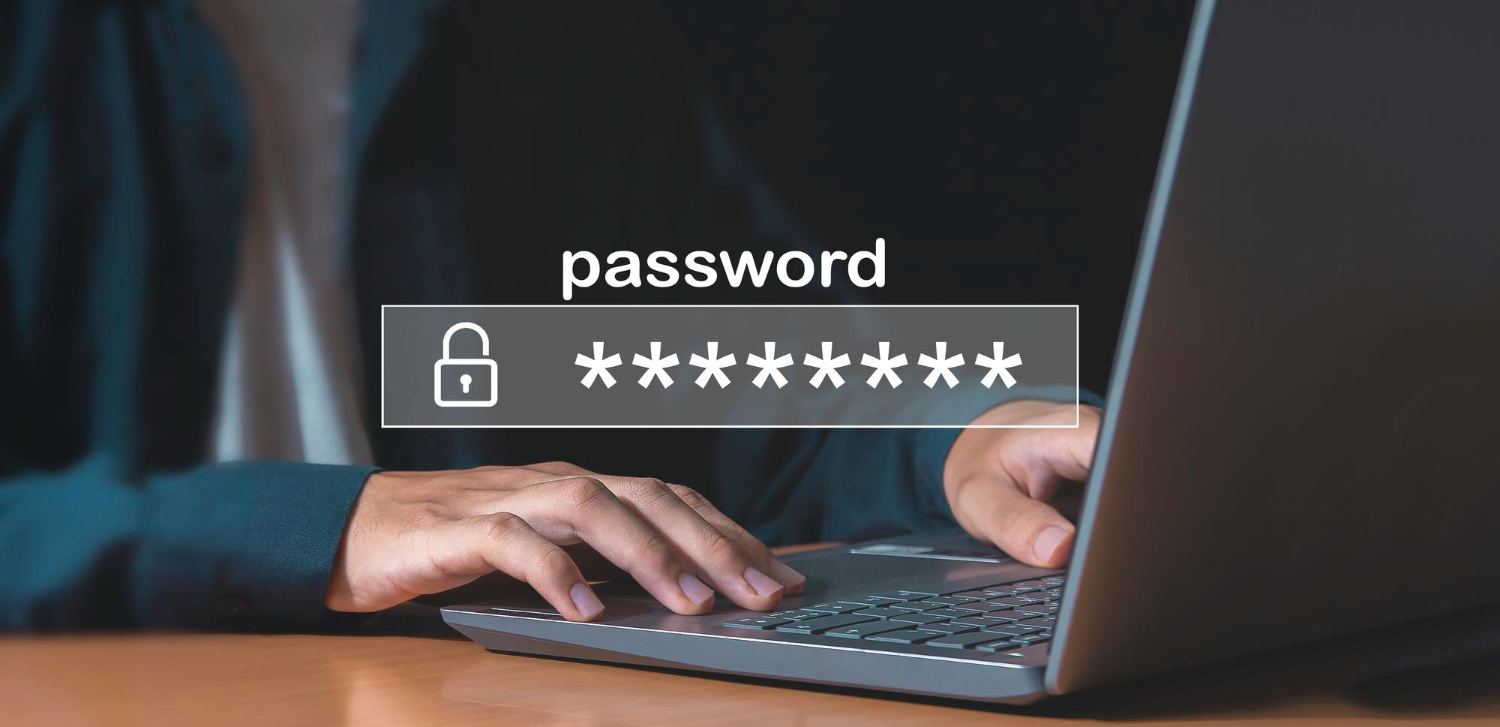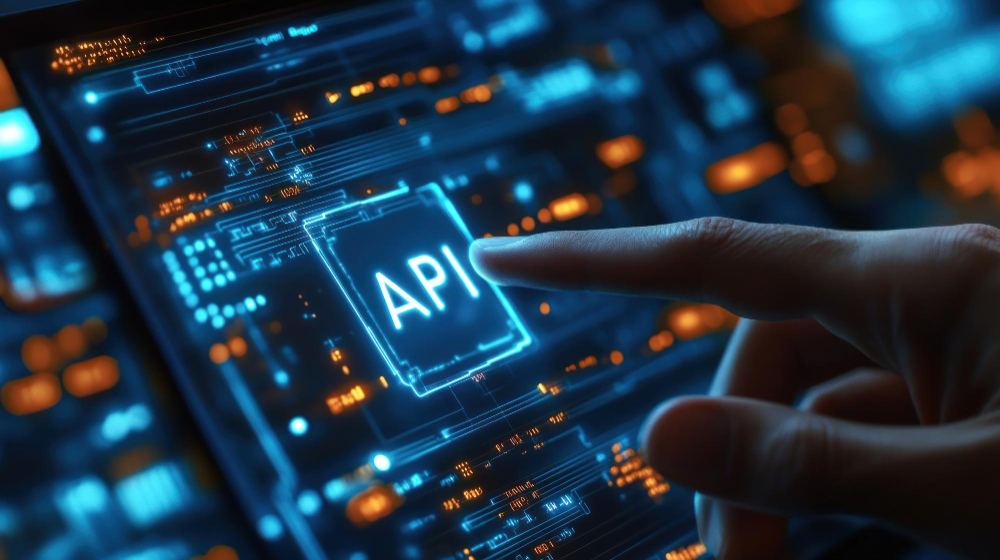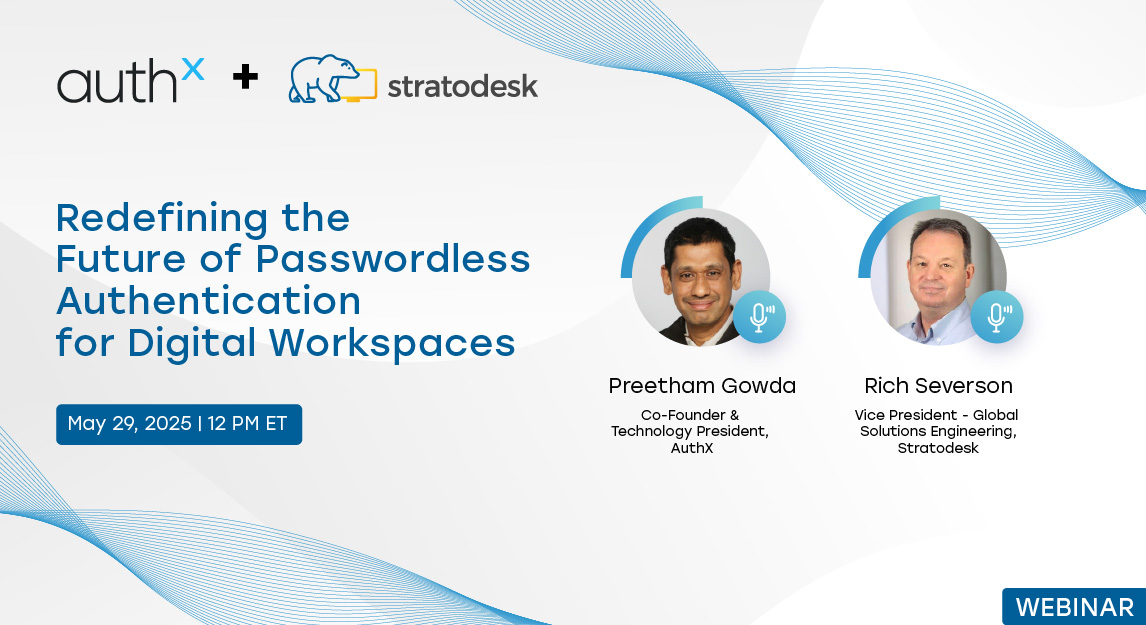Introduction
There are numerous authentication methods in use today. When determining how much security an authentication system provides, we might consider how many factors it employs. Single-Factor Authentication (SFA) is a method of securing access to a specific system, such as a network or website, that identifies the party requesting access using only one type of credential. While Multi-Factor Authentication (MFA) is the process that entails verifying the user’s two or more digital identities. MFA uses a variety of modules to authenticate users, including biometrics, mobile, one-time passwords, and tokens.
What can be distinguished between Single-Factor and Multi-Factor Authentication?

Single-Factor Authentication
- Overly simplistic. Because there is only one method of verifying an individual’s identity, users can navigate and gain access to the protected system quickly and easily.
- Independent. SFA can operate and function without the assistance of the user.
- One clear process.
- Data breaching is extremely common in SFA. Password leakage.
- Passwords are frequently stolen using keyloggers and screen captures.
- Hacking is common in SFA because passwords have been demonstrated to be weak and easily broken, putting businesses at risk.

Multi-Factor Authentication
- Once configured, MFA is a safe and quick way to authenticate users.
- MFA methods add an extra layer of security to a company.
- It prevents attackers and safeguards sensitive data in an organization.
- MFA systems are costly to implement throughout an organization, especially if the hardware is required.
- If a standardized methodology is not in place, IT administrators may not have complete
- It is inconvenient because users must always have their MFA factors on or near them. Furthermore, users may overlook these factors.
What is Best for Your Business?
When the benefits and drawbacks of each type of authentication are considered, it is easy to conclude that Multi-Factor Authentication (MFA) is the most beneficial for companies and businesses to protect their data and information. Based on the findings in the preceding table, Single-Factor Authentication is more vulnerable to security breaches and hackers, with numerous weak links. When Multi-Factor Authentication (MFA) offers a variety of authentication methods, it adds an extra layer of security.
Cybercrime is on the rise, as more than half of internet users have been victims of it. We discovered that 76% of people have dealt with and experienced cybercrime on their own. Furthermore, with hackers constantly evolving technologies and methods of breaching them, the tech industry must continue to develop platforms such as multi-factor authentication that prevent data breaches, password leakage, and hackers in general. Multi-Factor Authentication systems have the potential to make a significant difference and impact; they simply need to be presented in a way that users can quickly understand and move within their work environment with no disruptions or holdbacks.
That is why we developed the AuthX multi-factor authentication platform. AuthX is an authentication platform with extraordinary capabilities that can make a difference in our world and present security in never-before-seen ways. AuthX ensures the security and safety of businesses by authorizing those who are only supposed to have access to your data and information. Finally, AuthX enables individuals to work seamlessly and effortlessly with an easy-to-use platform, allowing the end user to have a trouble-free experience. If you or your company are looking for ways to secure your data and information within your organization, try AuthX today and experience security like never before.

